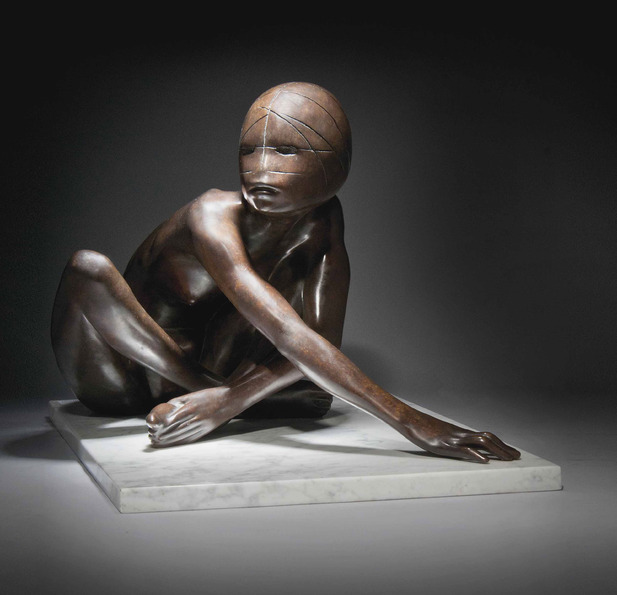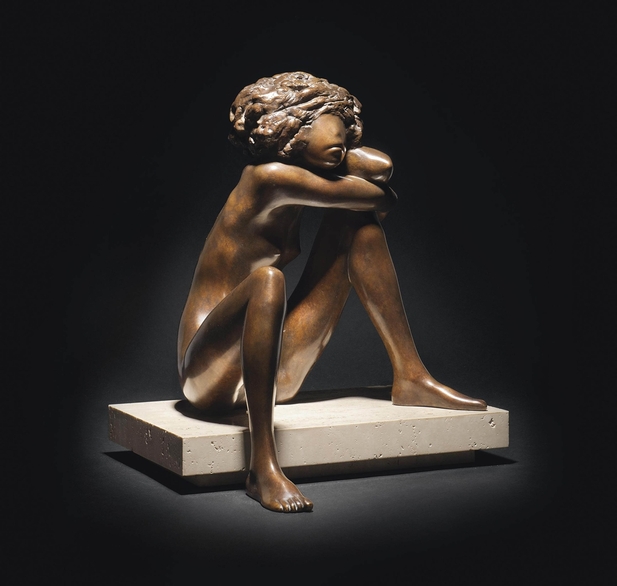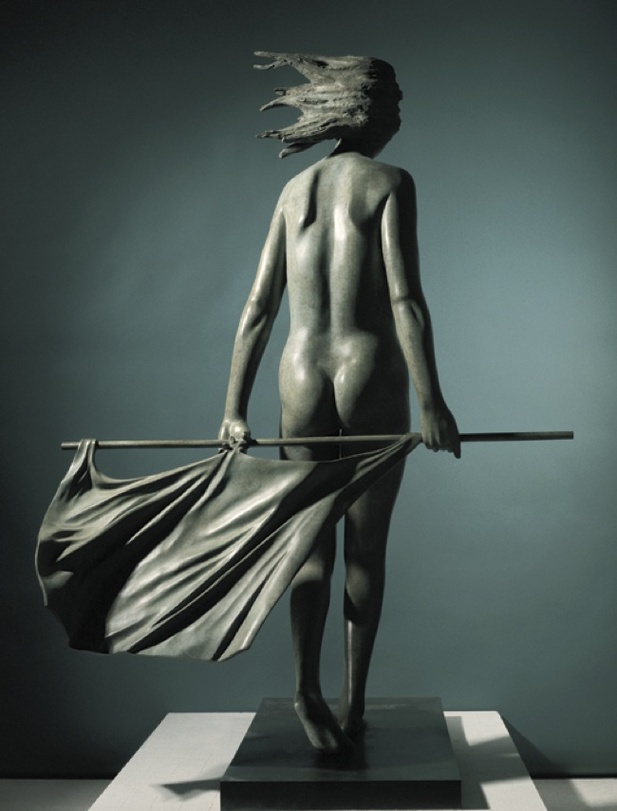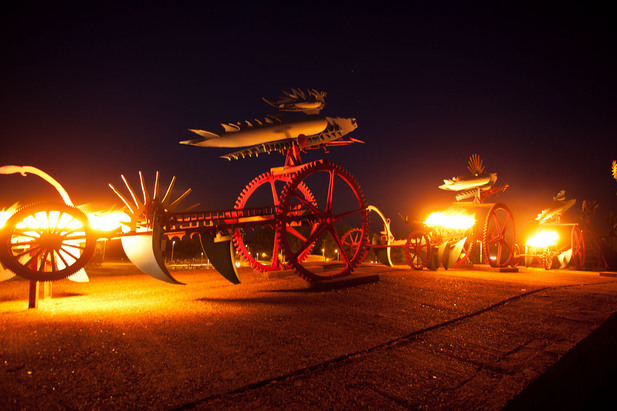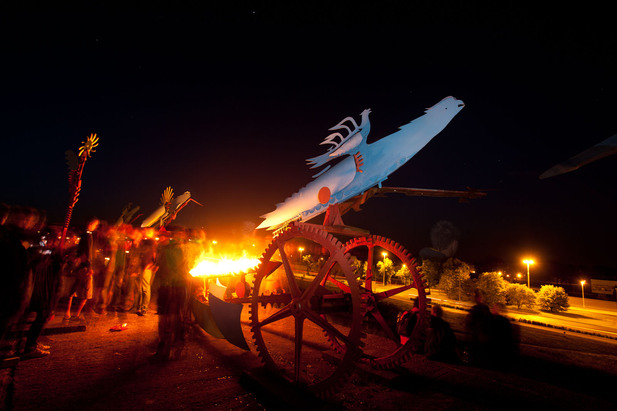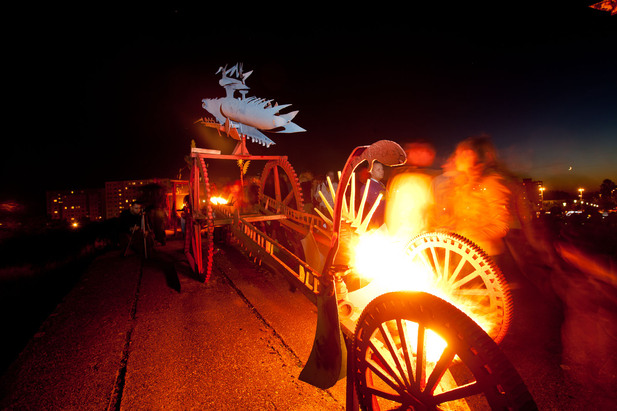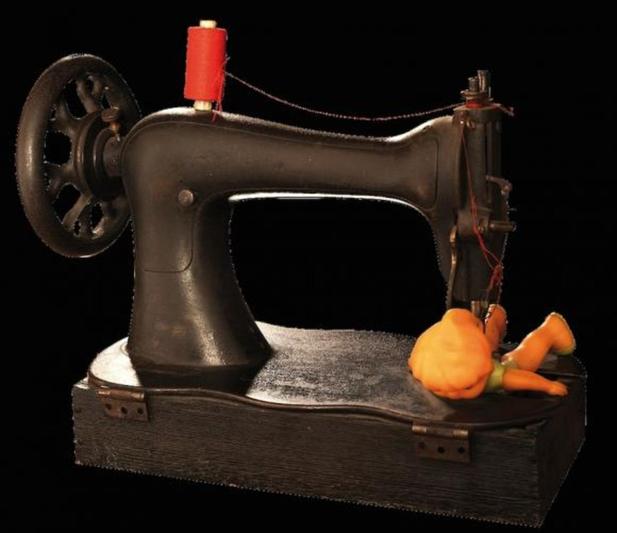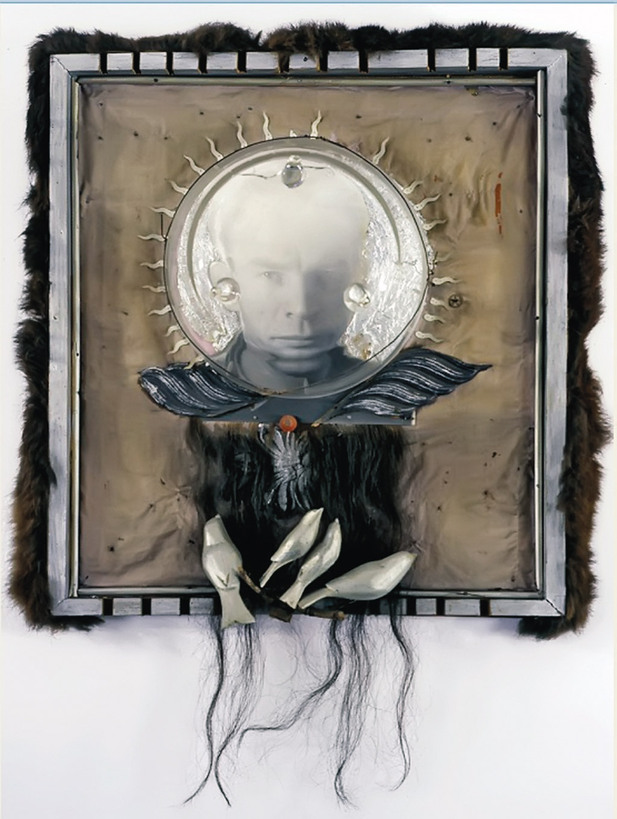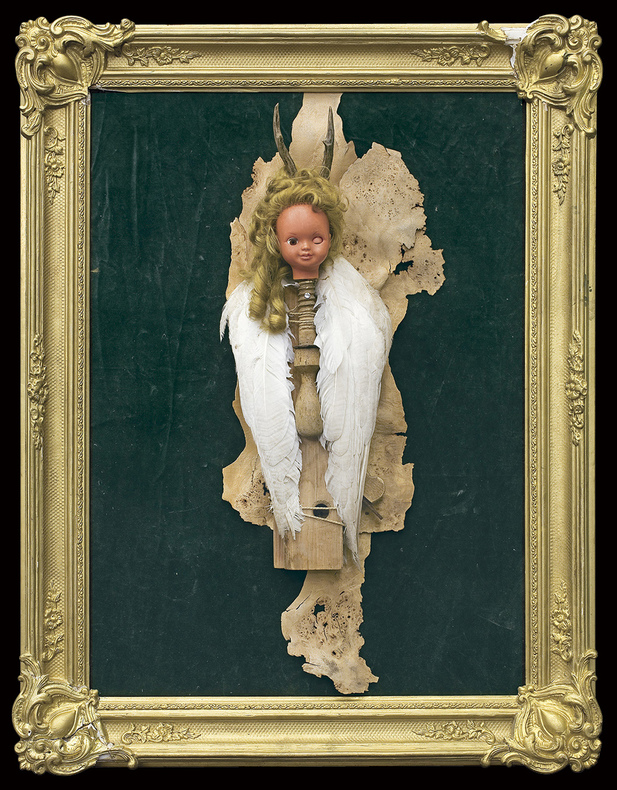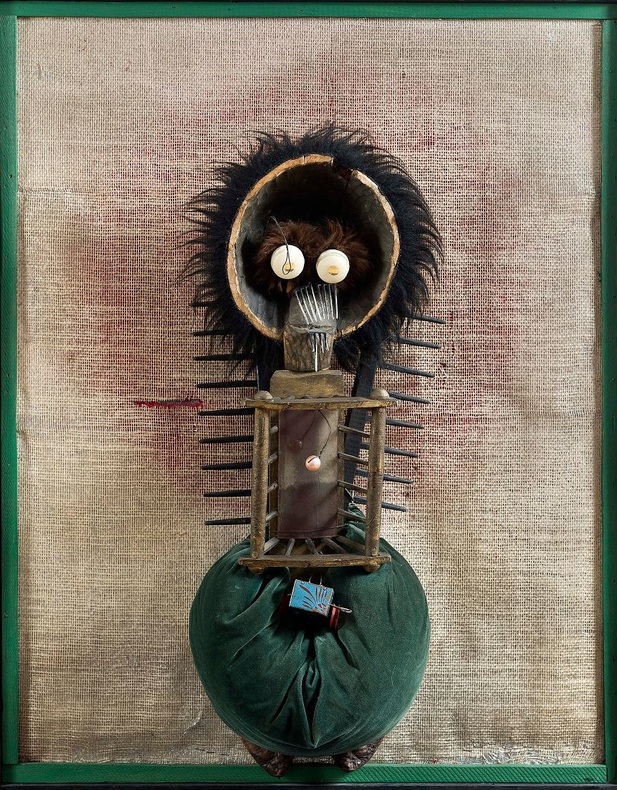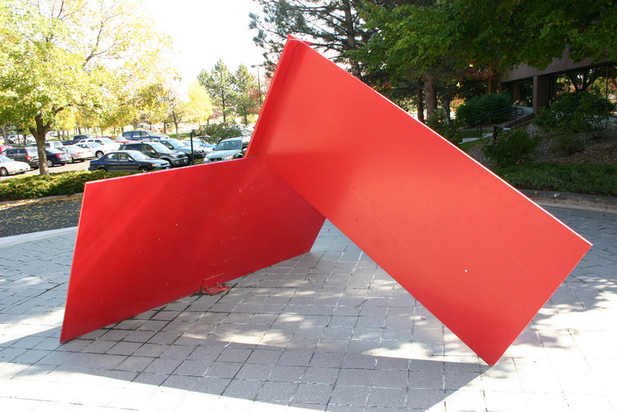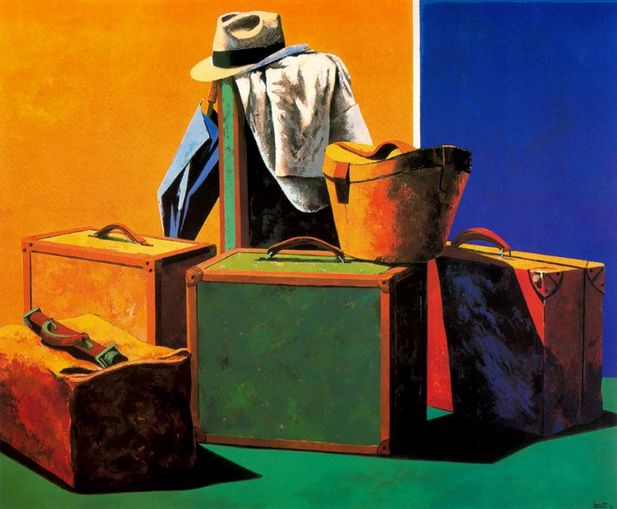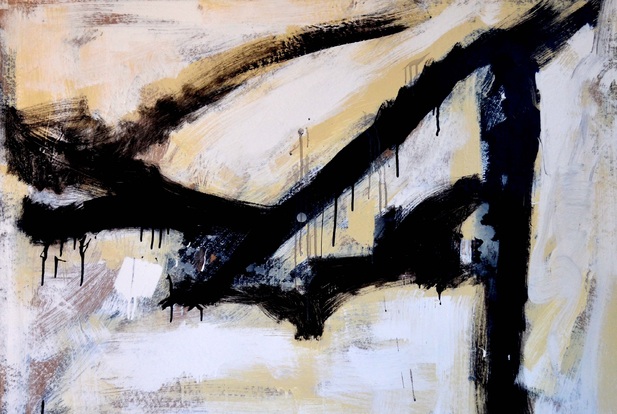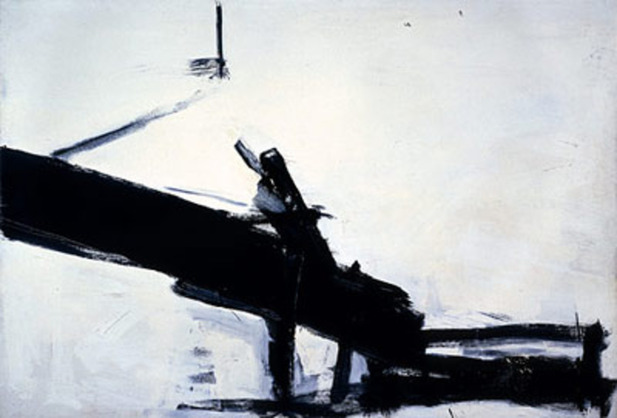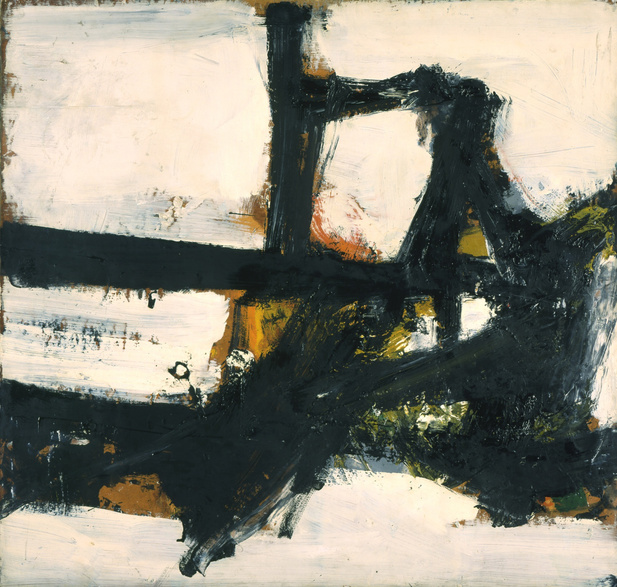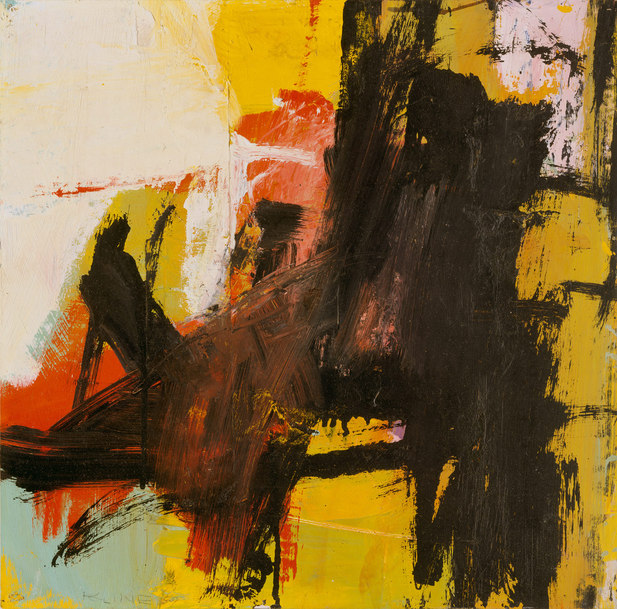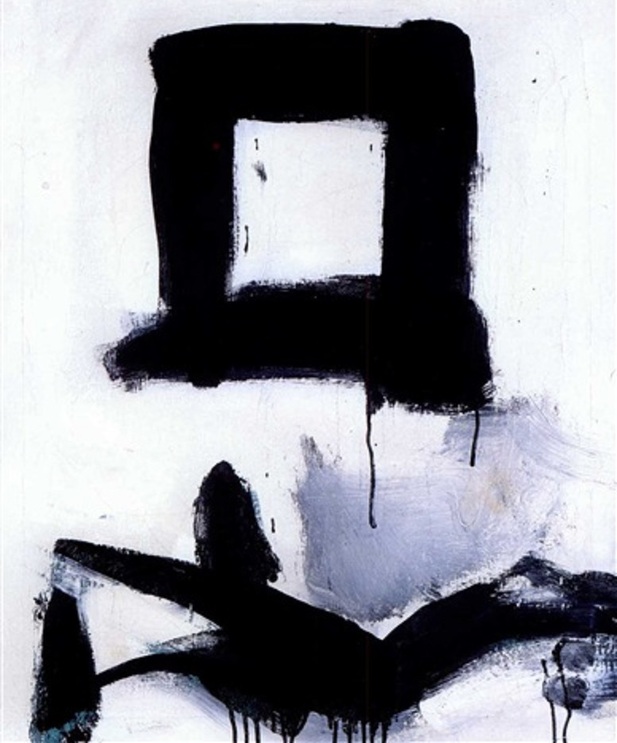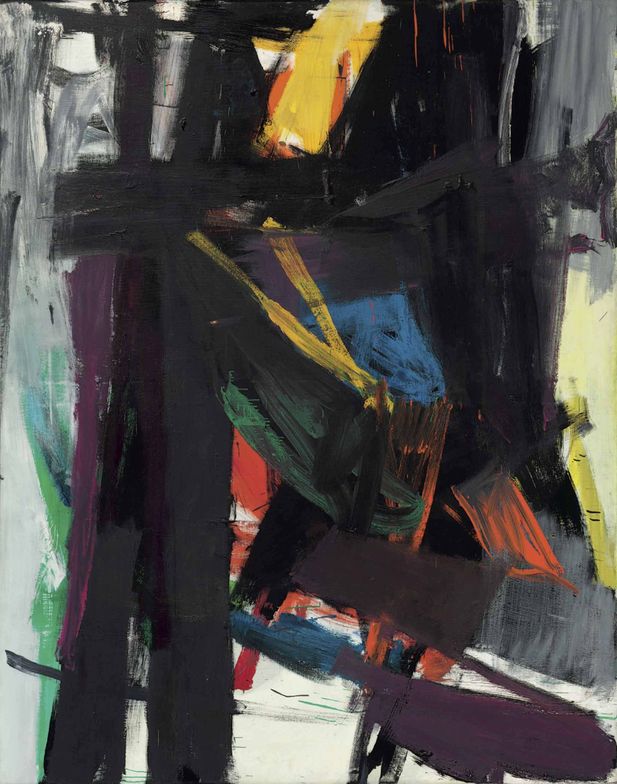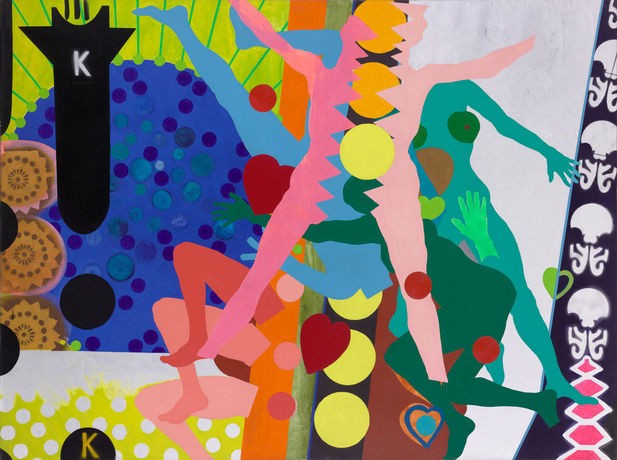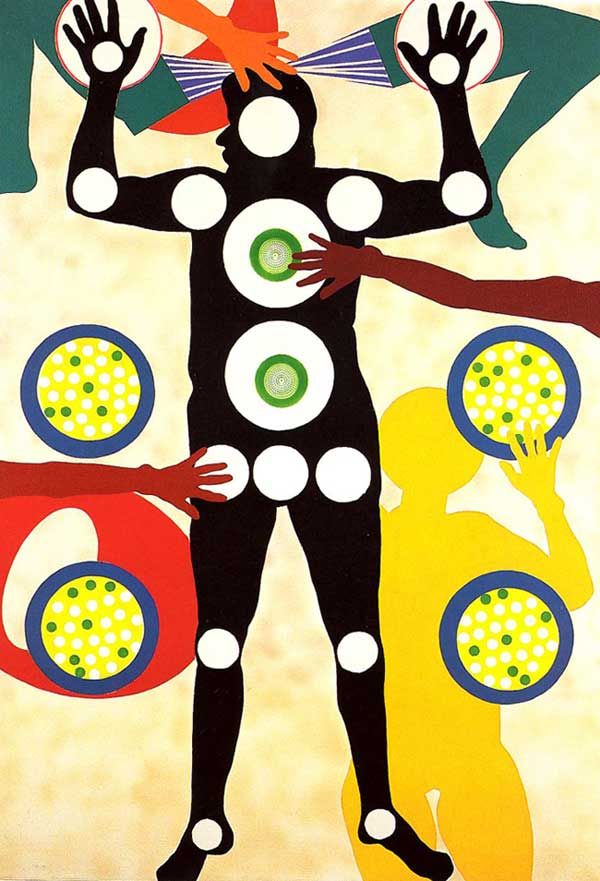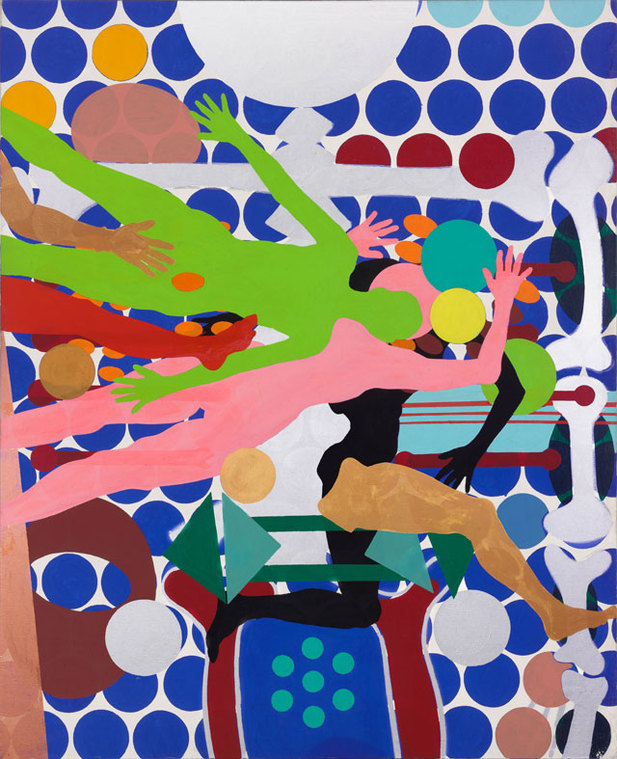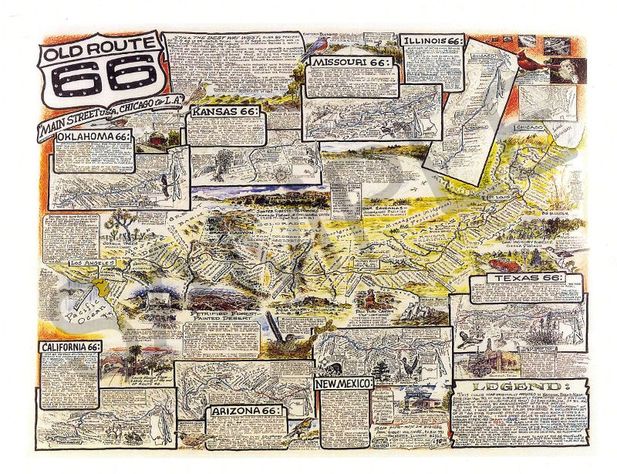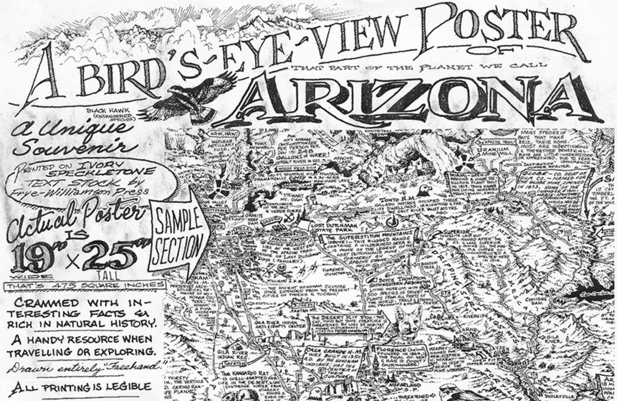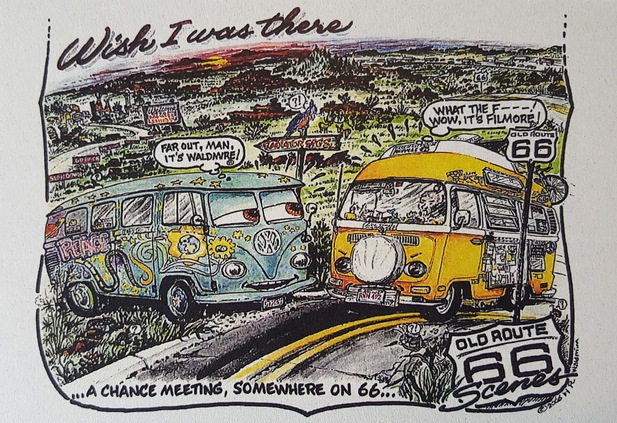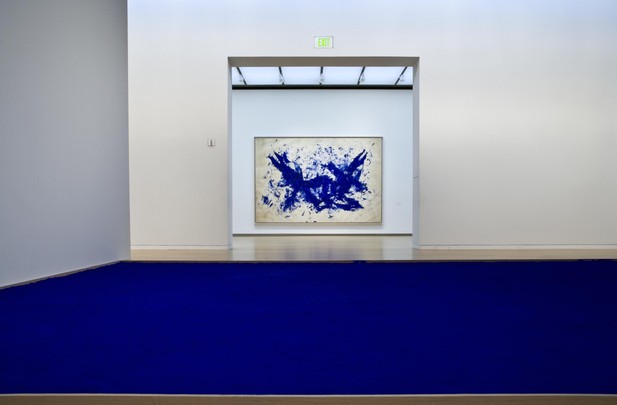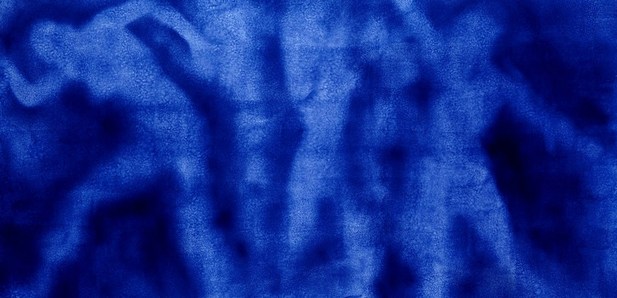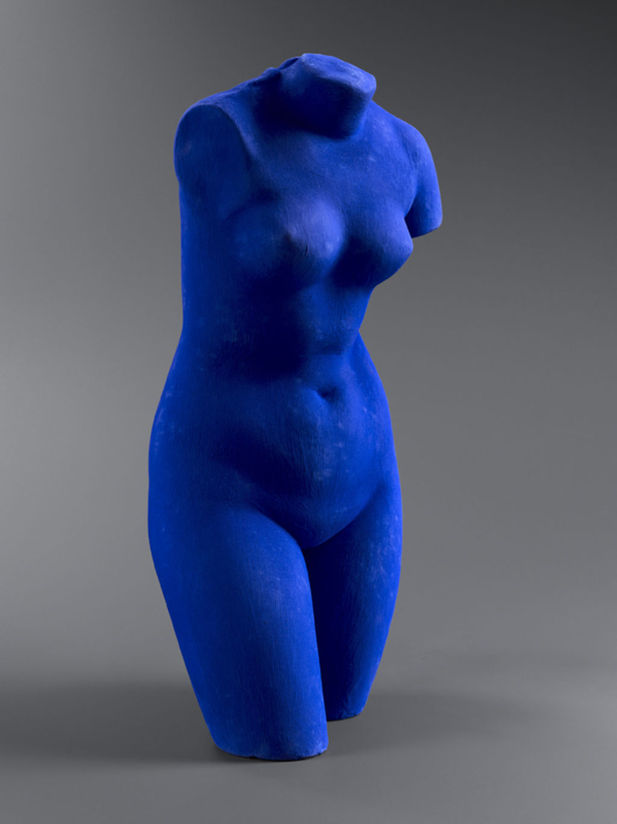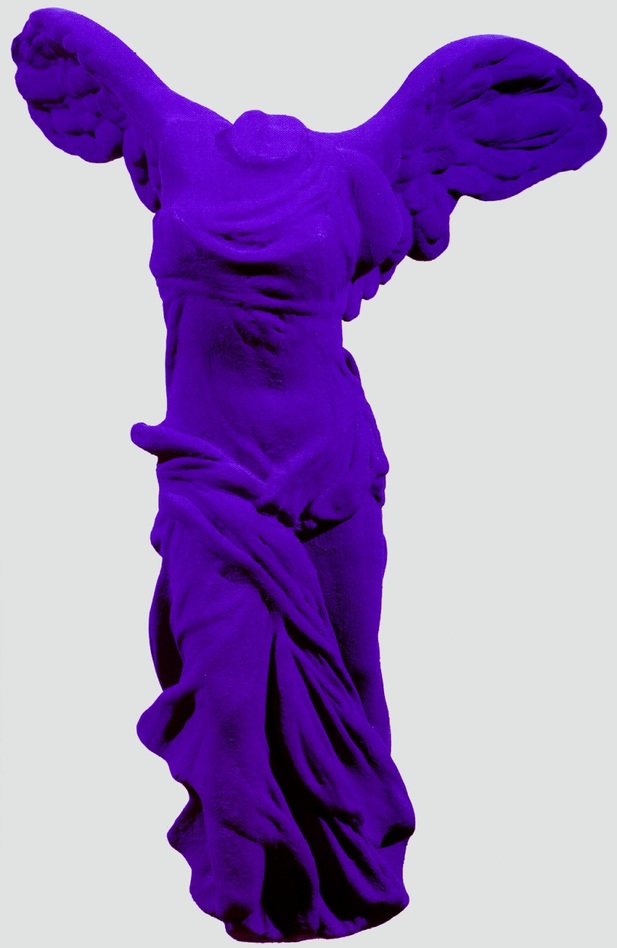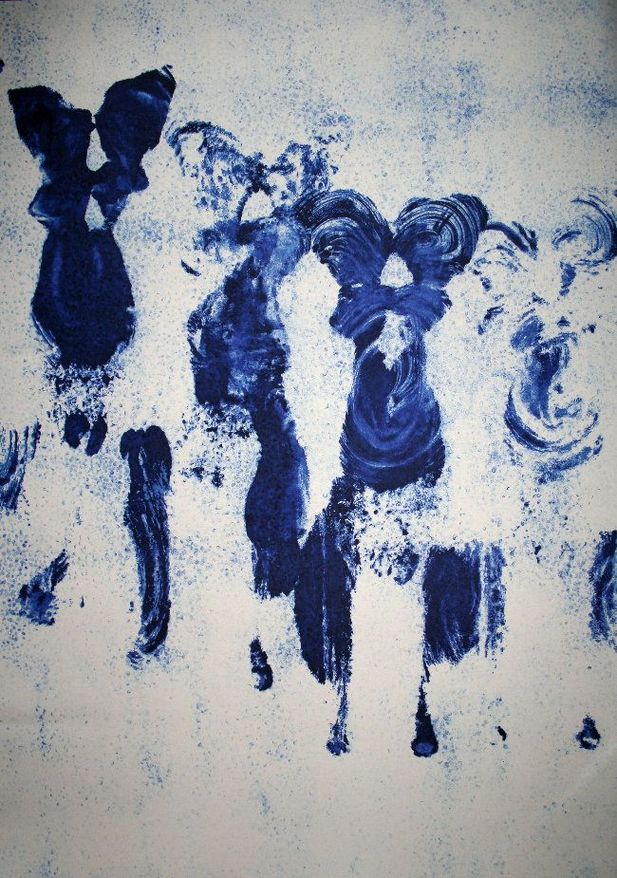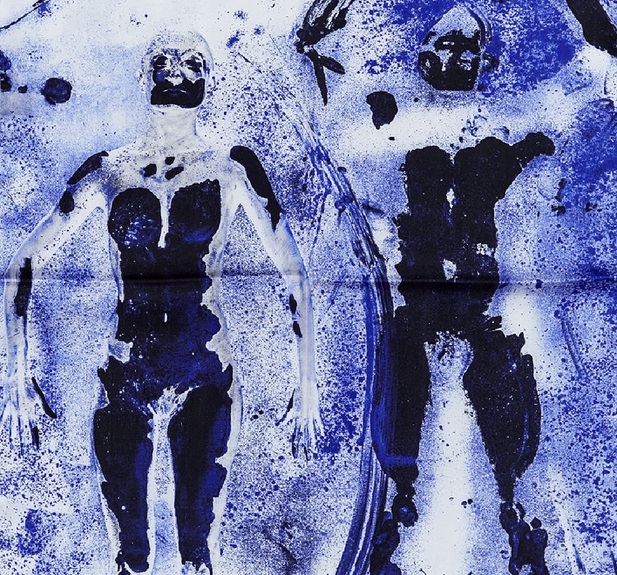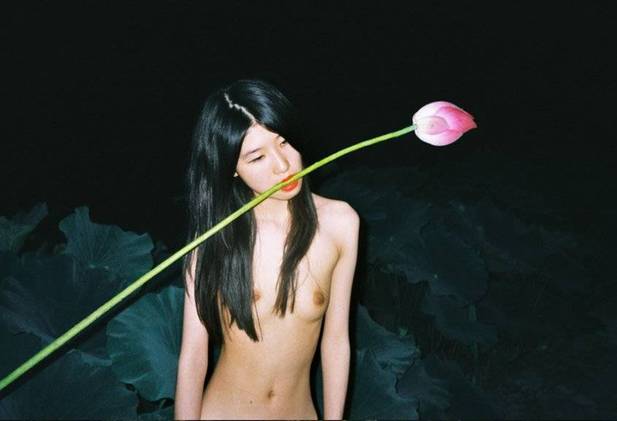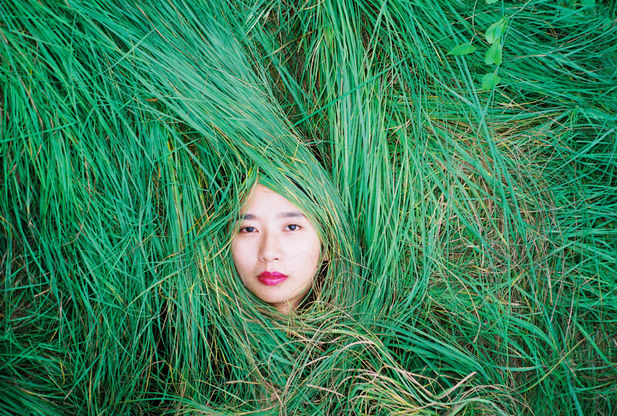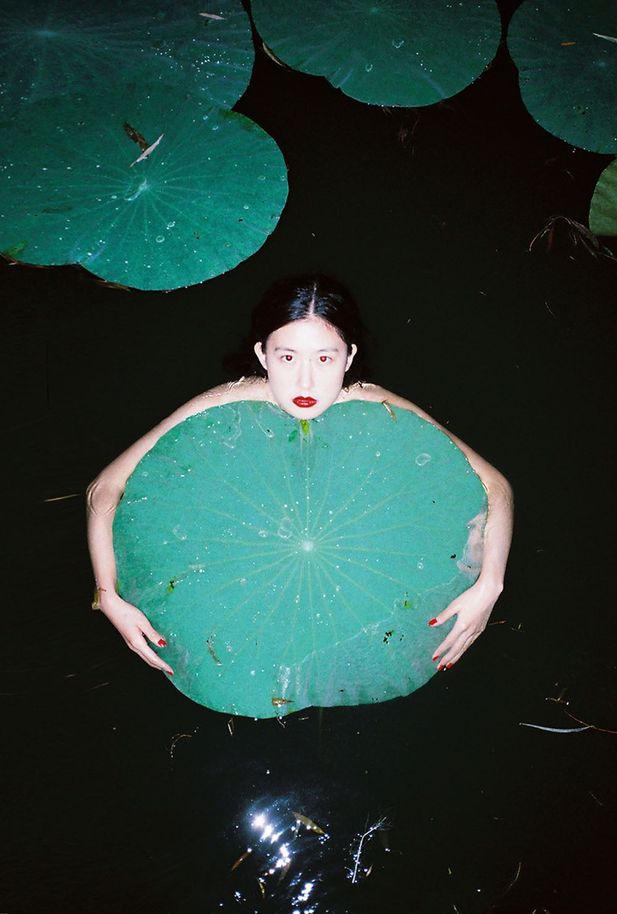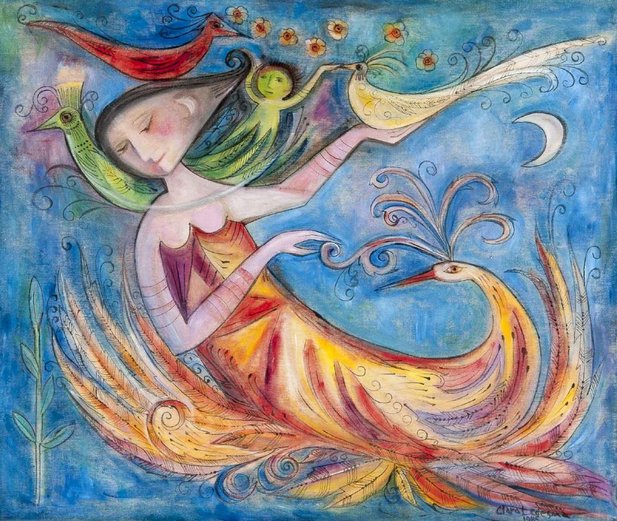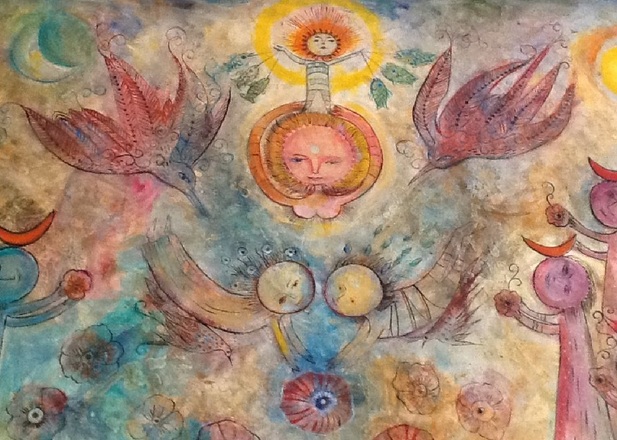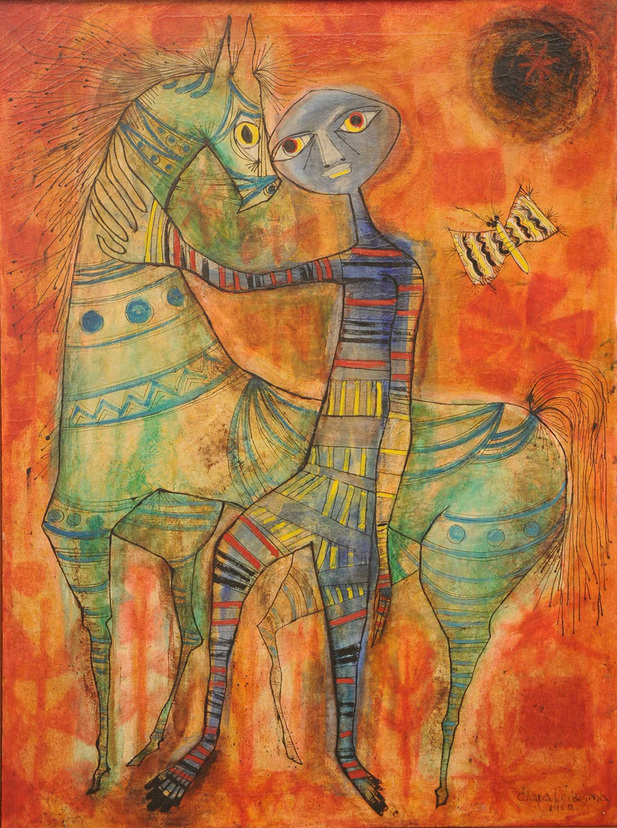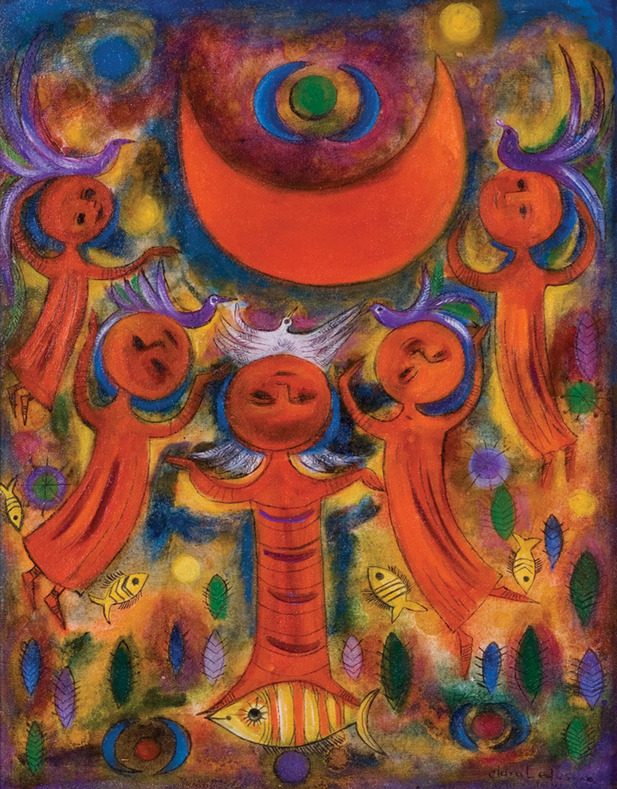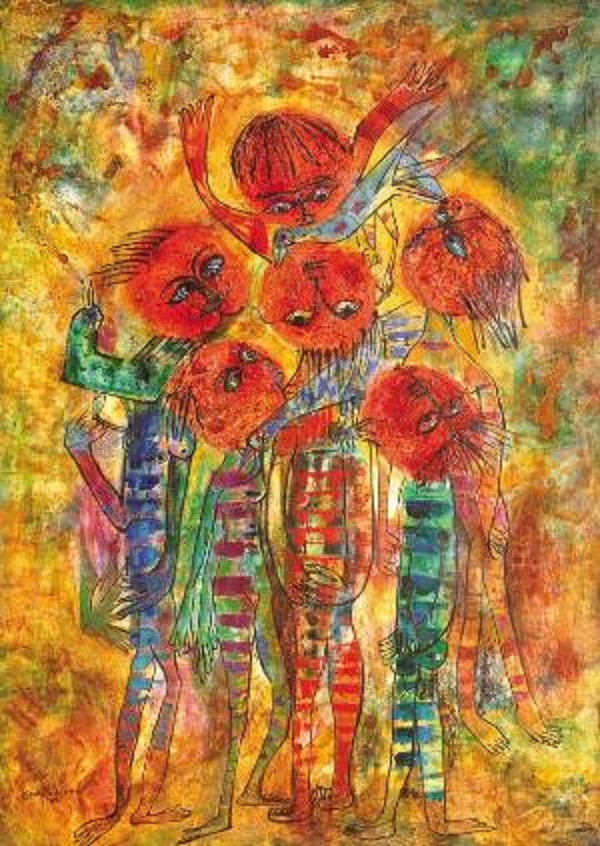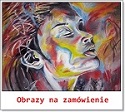Ralph Brown - Figurative Sculpture
Ralph Brown (1928 – 2013) was an English sculptor who came to national prominence in the late 1950s with his large-scale bronze Meat Porters, commissioned for Harlow New Town, Essex and is known for his sensual, figurative sculptures.Like Henry Moore who befriended him and encouraged him by buying his work, Brown's art is deeply rooted in the figurative tradition. However, whilst his predecessors focused their energies on carving and maintaining 'truth to materials', Brown concentrated on modelling allowing him to interact with his material on a more intimate level. In the introductory catalogue essay for Brown's major retrospective show at Leeds City Art Gallery in 1988 Dennis Farr commented: «So much of Brown's sculpture is his search for equivalents, in formal terms, for sensual experiences.Brown came to national prominence in the late 1950s with his large-scale bronze group Meat Porters, commissioned for Harlow New Town, Essex. The piece is a tribute to physical labour with two figures hauling an ox carcass, a subject fitting to the busy market square and a form that brings dynamism to the otherwise rigid architecture. The concrete version of the piece won second prize for sculpture at the John Moore's Exhibition, Liverpool in 1959
